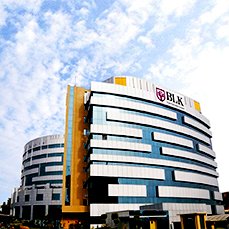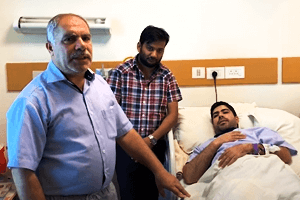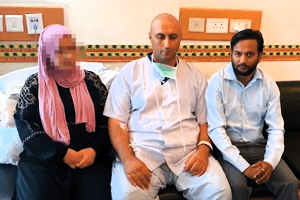Spinal cord stimulation is a procedure that delivers low-level electrical signals to the spinal cord to block pain signals from reaching the brain.
Spinal cord stimulators consist of thin wires and a small, pacemaker-like battery pack. The electrodes are placed in between the spinal cord and the vertebrae, and the generator is placed under the skin, typically near the buttocks or abdomen. Spinal cord stimulators enable patients to send the electrical impulses with a remote control when they feel pain. Both the remote control and its antenna are outside the body.
Common biological complications include infection and pain over the implant. However, Spinal cord neurostimulation techniques are safe and reversible therapies.
The surgery for the implant typically takes up to 2 hours to complete.
SCS is deemed successful if the pain is reduced by at least half. Studies show good to excellent long-term relief in 50 to 80 per cent of patients suffering from chronic pain.
The implants cost about USD 7,964 to USD 9,291.














